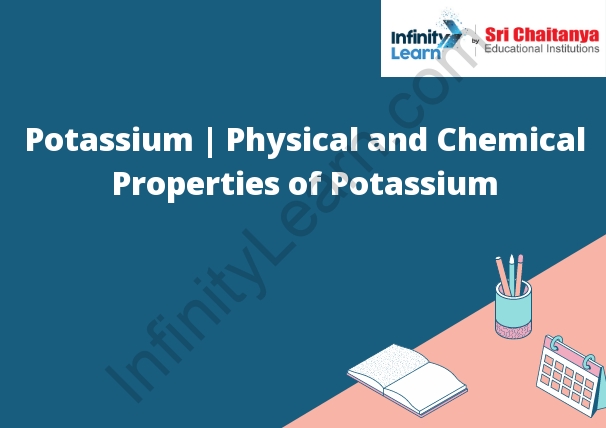Table of Contents
What Exactly is Potassium?
Potassium is an essential mineral that the body needs to function properly. It helps to maintain fluid balance, regulate heart rate and blood pressure, and support nerve and muscle function. Potassium is also important for energy production and protein synthesis.
The body does not produce potassium, so it must be obtained from food. Good sources of potassium include fruits and vegetables, legumes, nuts, and whole grains. The recommended intake of potassium is 4,700 milligrams per day for adults.

Potassium’s Applications
Potassium is an important mineral that has many applications in the body. It is a major component of cell and tissue fluids and helps regulate the body’s water balance. It also helps transmit nerve impulses and helps muscles contract. Potassium is also important for healthy bones and teeth.
Metal Potassium
Potassium is a soft, silver-white metal that is very reactive. It is the lightest alkali metal and is found in nature only in compounds. Potassium is used to make explosives, in photoengraving, and in the separation of isotopes of uranium.
Potassium Isotopes
Potassium isotopes are atoms of the element potassium that have different numbers of neutrons in their nucleus. The most common potassium isotope has 19 neutrons, but potassium can also have 20 or 21 neutrons. These different isotopes have different atomic weights, and they are all radioactive.
Potassium’s Physical and Chemical Properties
Potassium is a chemical element with the symbol K and atomic number 19. It is an alkali metal that belongs to Group 1 (also known as Group 1A) of the periodic table. Here are the physical and chemical properties of potassium:
Physical Properties:
- Appearance: Potassium is a soft, silvery-white metal that has a shiny luster when freshly cut. However, it quickly tarnishes and develops a dull gray appearance when exposed to air due to oxidation.
- State: It is a solid at room temperature.
- Density: Potassium has a relatively low density of 0.86 grams per cubic centimeter (g/cm³), which makes it less dense than water.
- Melting Point: Potassium has a low melting point of 63.38°C (145.08°F). It readily melts at relatively low temperatures.
- Boiling Point: The boiling point of potassium is 759°C (1398°F). It vaporizes at high temperatures.
- Malleability and Ductility: Potassium is highly malleable, meaning it can be easily hammered into thin sheets, and it is also ductile, meaning it can be drawn into thin wires.
- Conductivity: It is a good conductor of heat and electricity.
Chemical Properties:
- Reactivity: Potassium is highly reactive, especially in the presence of air and water. It reacts vigorously with water, producing hydrogen gas and forming potassium hydroxide. This reaction releases a significant amount of heat and may even cause the metal to ignite.
- Oxidation: Potassium readily reacts with oxygen in the air, resulting in the formation of a grayish oxide layer on its surface. This oxide layer acts as a protective barrier, preventing further reaction with oxygen.
- Alkali Metal Properties: As an alkali metal, potassium has properties common to this group. It has a single valence electron in its outermost shell, making it highly reactive and prone to losing that electron to form a positive ion (K+).
- Salt Formation: Potassium readily forms compounds with various non-metals, such as halogens (e.g., chlorine), oxygen, sulfur, and others. These compounds often take the form of white crystalline salts.
- Flame Test: When heated in a flame, potassium ions emit a distinctive violet color, which is often used as a test for the presence of potassium in chemical analysis.
Overall, potassium is a highly reactive metal that exhibits both physical and chemical properties characteristic of alkali metals. Its reactivity with water and air, as well as its ability to form salts, makes it an important element in various industrial, biological, and chemical applications.







